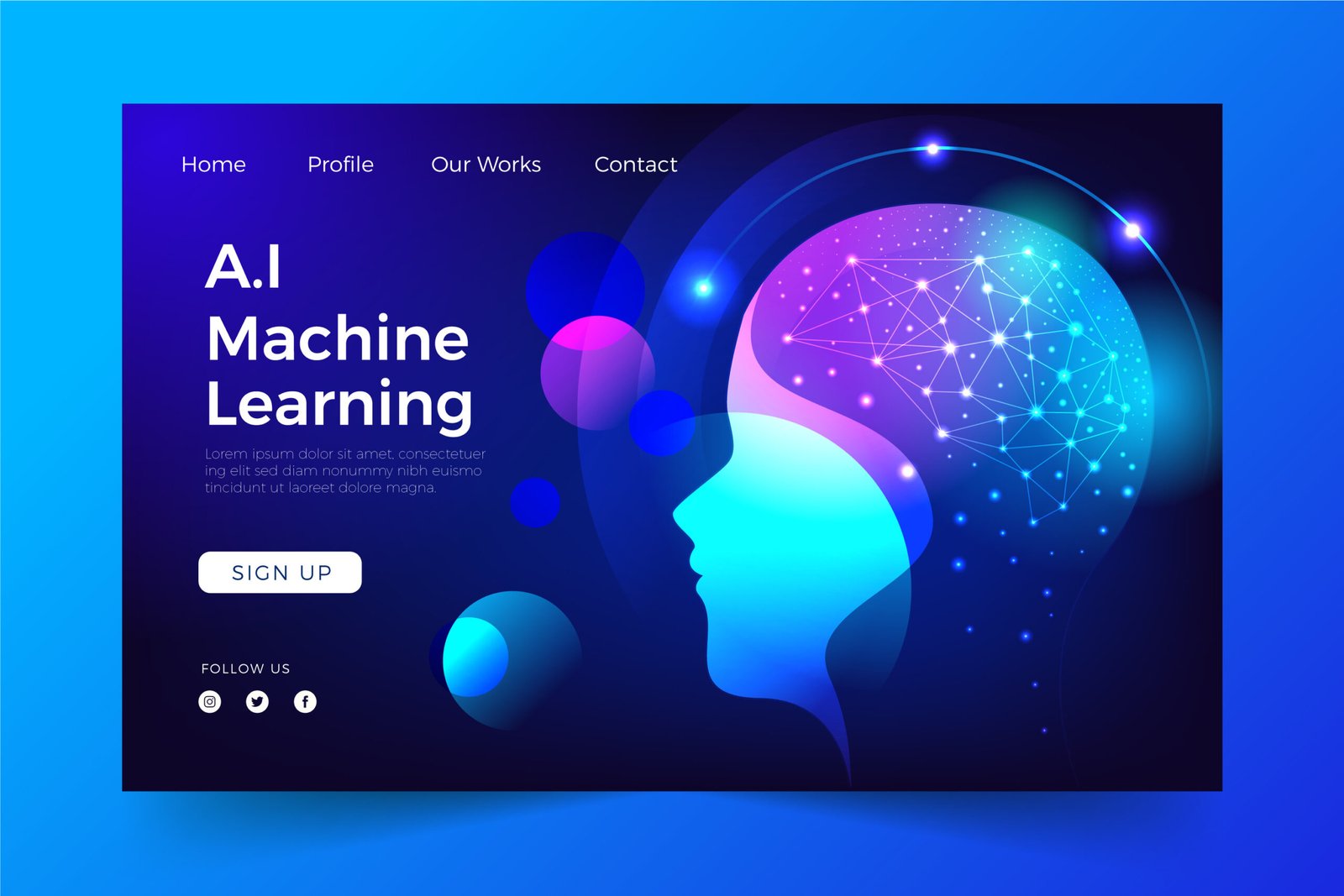In today’s competitive B2B landscape, businesses cannot rely on guesswork or outdated marketing tactics. To stay ahead, companies must embrace data analytics as a core component of their marketing strategies. Data-driven decision-making helps businesses target the right audience, personalize content, optimize campaigns, and improve customer experiences. Without it, marketing efforts may lack direction and fail to deliver significant ROI.
Data analytics empowers B2B marketers to analyze customer behavior, track campaign performance, and make strategic adjustments in real time. By leveraging data, companies can enhance lead generation, nurture prospects more effectively, and drive sustainable growth.

The Key Benefits of Using Data Analytics in B2B Marketing
1. Enhanced Customer Insights for Precise Targeting
B2B marketing success depends on reaching the right decision-makers. With data analytics, businesses can segment their audience based on demographics, firmographics, purchasing behavior, and engagement patterns. This segmentation allows marketers to craft highly targeted campaigns that resonate with potential buyers.
For example, if a SaaS company notices that mid-sized businesses in the healthcare industry engage the most with their content, they can tailor messaging specifically for that segment. This precise targeting increases conversion rates and maximizes marketing efficiency.
2. Optimizing Marketing Campaigns for Higher ROI
Marketing budgets are often tight, and every dollar must be spent wisely. Data analytics enables B2B marketers to track key performance indicators (KPIs) such as click-through rates, lead conversion rates, and cost per acquisition. By continuously monitoring these metrics, businesses can identify underperforming strategies and optimize campaigns for better results.
For instance, if an email marketing campaign has a low open rate, A/B testing subject lines and personalization strategies can help improve engagement. With data-driven insights, businesses can allocate resources effectively and eliminate wasteful spending.
3. Personalization That Builds Stronger Relationships
In B2B marketing, personalization is key to fostering trust and loyalty. Decision-makers expect content and offers tailored to their needs. Data analytics enables marketers to deliver personalized experiences by analyzing past interactions, preferences, and pain points.
Using marketing automation tools, businesses can send personalized email sequences, recommend relevant content, and provide customized solutions. This approach not only increases engagement but also strengthens relationships with potential clients, leading to long-term business partnerships.
4. Predictive Analytics for Smarter Decision-Making
Predictive analytics takes data analysis a step further by using historical data to forecast future trends. B2B marketers can predict customer behavior, sales trends, and market demands, allowing them to stay ahead of competitors.
For example, if data indicates a seasonal spike in demand for cybersecurity solutions, a company can adjust its marketing strategy accordingly. Predictive analytics also helps businesses identify high-value leads, prioritize sales efforts, and streamline marketing strategies for maximum impact.
5. Improved Lead Scoring for Sales Alignment
Aligning marketing and sales teams is crucial for B2B success. Data analytics enhances lead scoring by assigning values to leads based on their likelihood to convert. By analyzing engagement levels, website visits, email interactions, and content downloads, marketers can pass high-quality leads to the sales team.
This ensures that sales representatives focus on leads with the highest potential, reducing wasted effort and increasing conversion rates. A well-defined lead scoring system streamlines the sales process and accelerates revenue growth.

How to Implement Data Analytics in Your B2B Marketing Strategy
Step 1: Define Clear Marketing Goals and KPIs
Before diving into data analytics, businesses must establish clear marketing objectives. Are you looking to generate more leads, improve email engagement, or increase conversion rates? Defining key performance indicators (KPIs) helps measure success and guides data-driven decision-making.
Common KPIs include:
- Website traffic and visitor behavior
- Email open and click-through rates
- Social media engagement
- Cost per lead and customer acquisition cost (CAC)
- Lead-to-customer conversion rate
Step 2: Collect and Centralize Data From Multiple Sources
To gain comprehensive insights, businesses must collect data from various touchpoints. This includes website analytics, CRM systems, email marketing platforms, social media, and paid advertising campaigns.
Using tools like Google Analytics, HubSpot, and Salesforce, marketers can integrate data from different sources into a centralized dashboard. A unified data approach eliminates silos and provides a holistic view of marketing performance.
Step 3: Leverage AI and Machine Learning for Deeper Insights
Artificial intelligence (AI) and machine learning enhance data analytics by automating processes and uncovering hidden patterns. AI-powered chatbots, predictive analytics, and sentiment analysis tools help B2B marketers make smarter decisions.
For example, AI-driven customer segmentation allows marketers to create dynamic audience groups based on behavior. Machine learning algorithms analyze past campaign performance to recommend the best strategies for future campaigns.
Step 4: Implement A/B Testing for Continuous Improvement
A/B testing (split testing) is essential for optimizing marketing efforts. By testing different versions of email subject lines, landing pages, ad creatives, and call-to-action buttons, marketers can determine what resonates best with their audience.
Regular experimentation and data analysis allow businesses to refine their strategies, improve engagement, and maximize conversions. Small tweaks based on real-time data can lead to significant improvements in campaign effectiveness.
Step 5: Visualize Data for Better Decision-Making
Raw data can be overwhelming, making data visualization tools crucial for interpretation. Tools like Tableau, Power BI, and Google Data Studio transform complex data sets into easy-to-understand charts and graphs.
Visual reports help stakeholders identify trends, track progress, and make data-driven marketing decisions with confidence. Whether it’s monitoring website performance or analyzing lead generation trends, clear data visualization enhances strategic planning.
Step 6: Ensure Data Security and Compliance
With growing concerns over data privacy, B2B companies must prioritize data security and compliance. Regulations like GDPR and CCPA require businesses to handle customer data responsibly.
Implementing secure data storage, encryption, and compliance measures protects customer information and builds trust. Transparency in data collection practices reassures clients that their information is handled ethically.
Elevate Your B2B Marketing with Data-Driven Strategies
Incorporating data analytics into B2B marketing is no longer optional—it’s a necessity for growth and success. Businesses that leverage data effectively gain a competitive edge, improve customer engagement, and drive higher ROI. By following a structured approach to data analytics, companies can create highly targeted campaigns, enhance personalization, and align marketing efforts with business goals.
Start integrating data analytics into your marketing strategy today and unlock new opportunities for scalable growth. With the right tools and insights, your B2B marketing efforts can achieve greater efficiency, precision, and long-term profitability.




